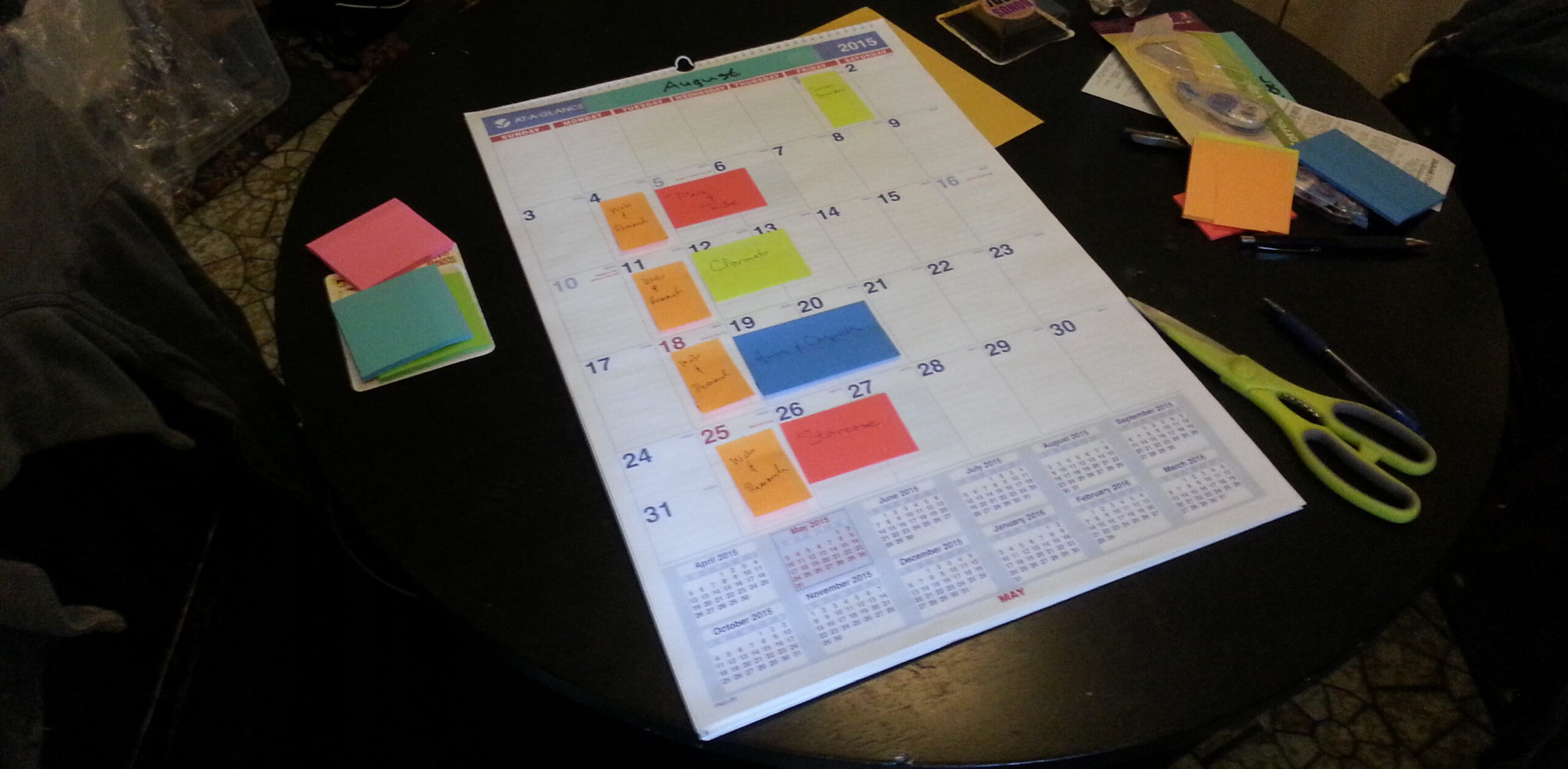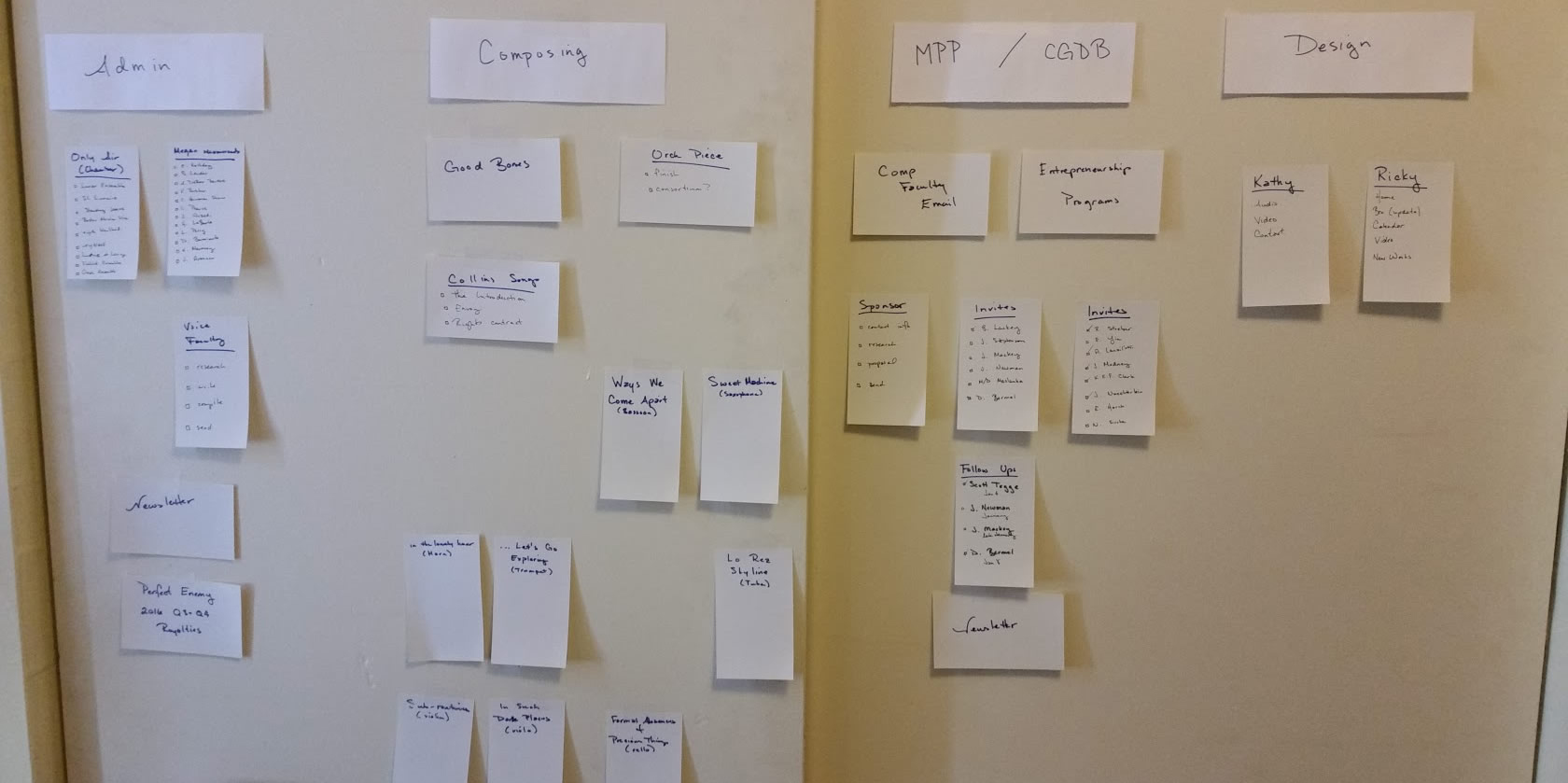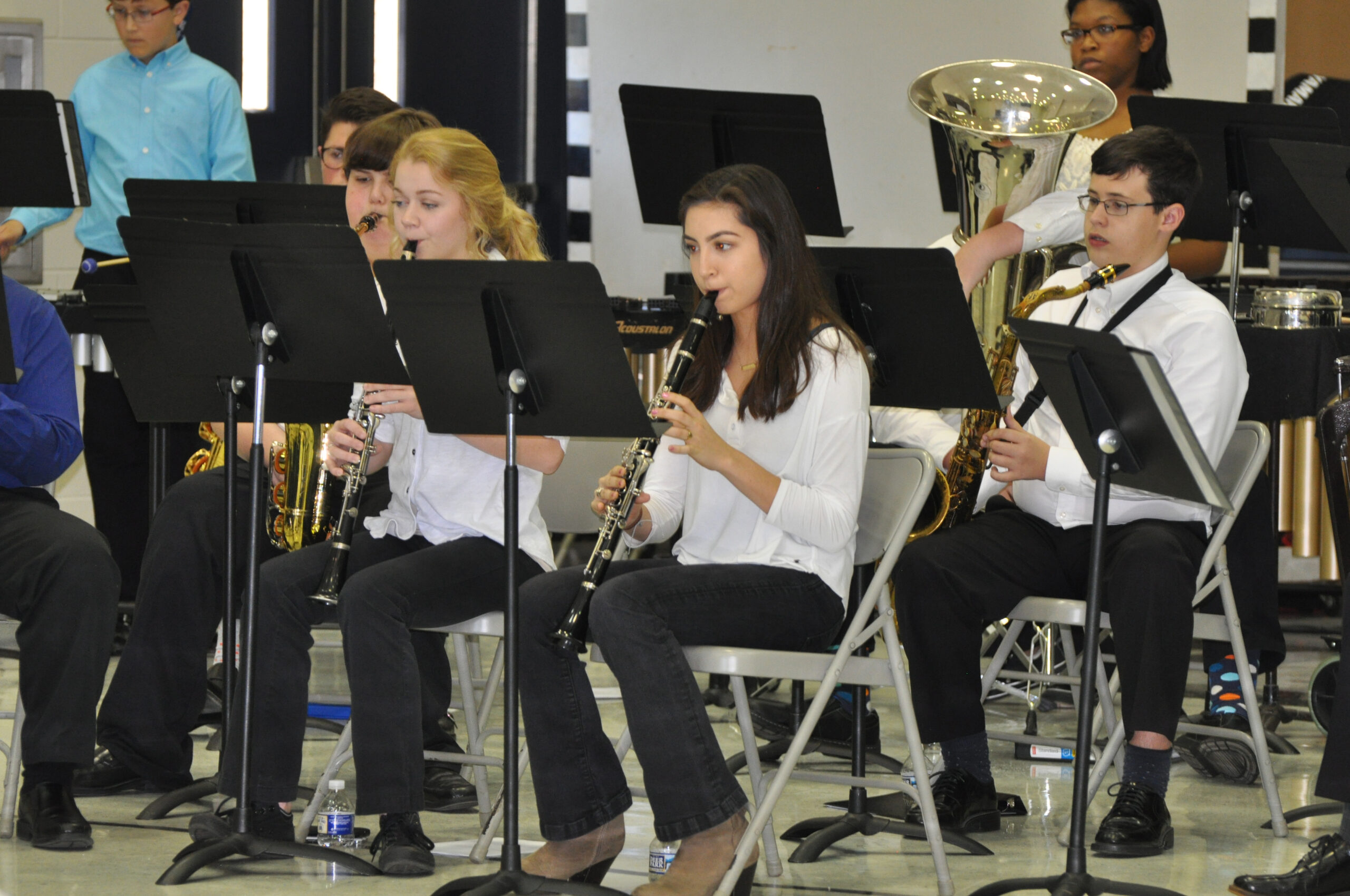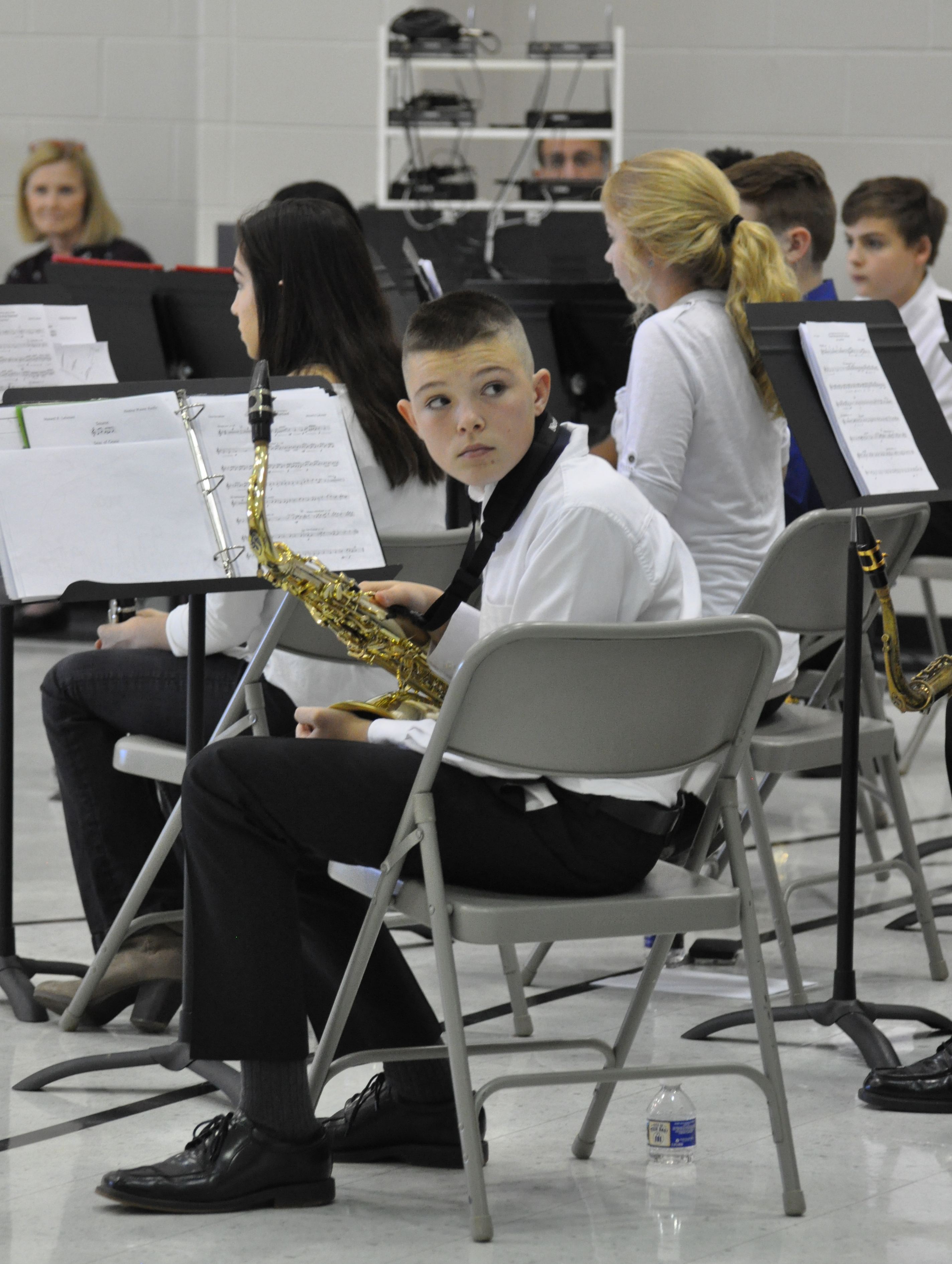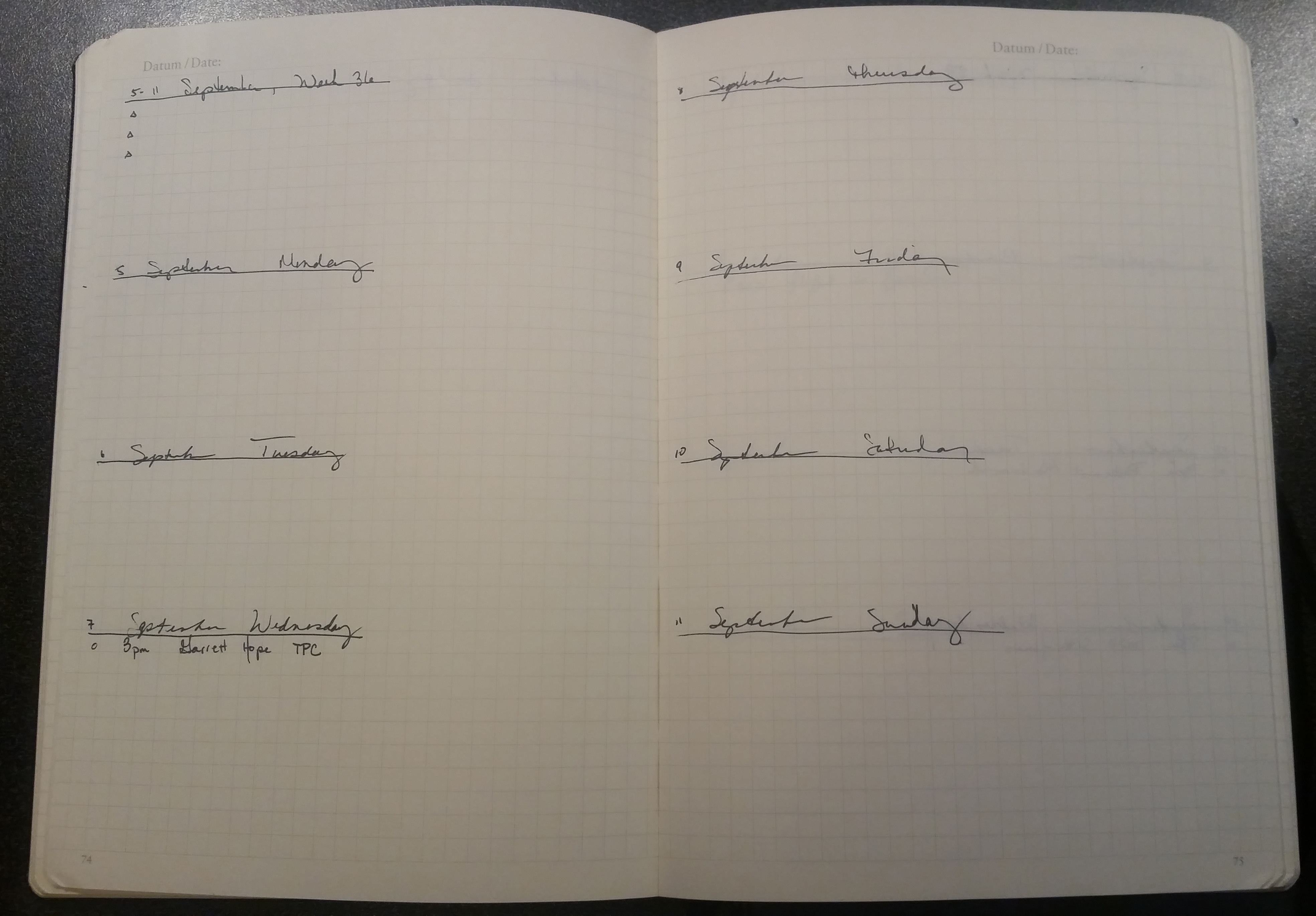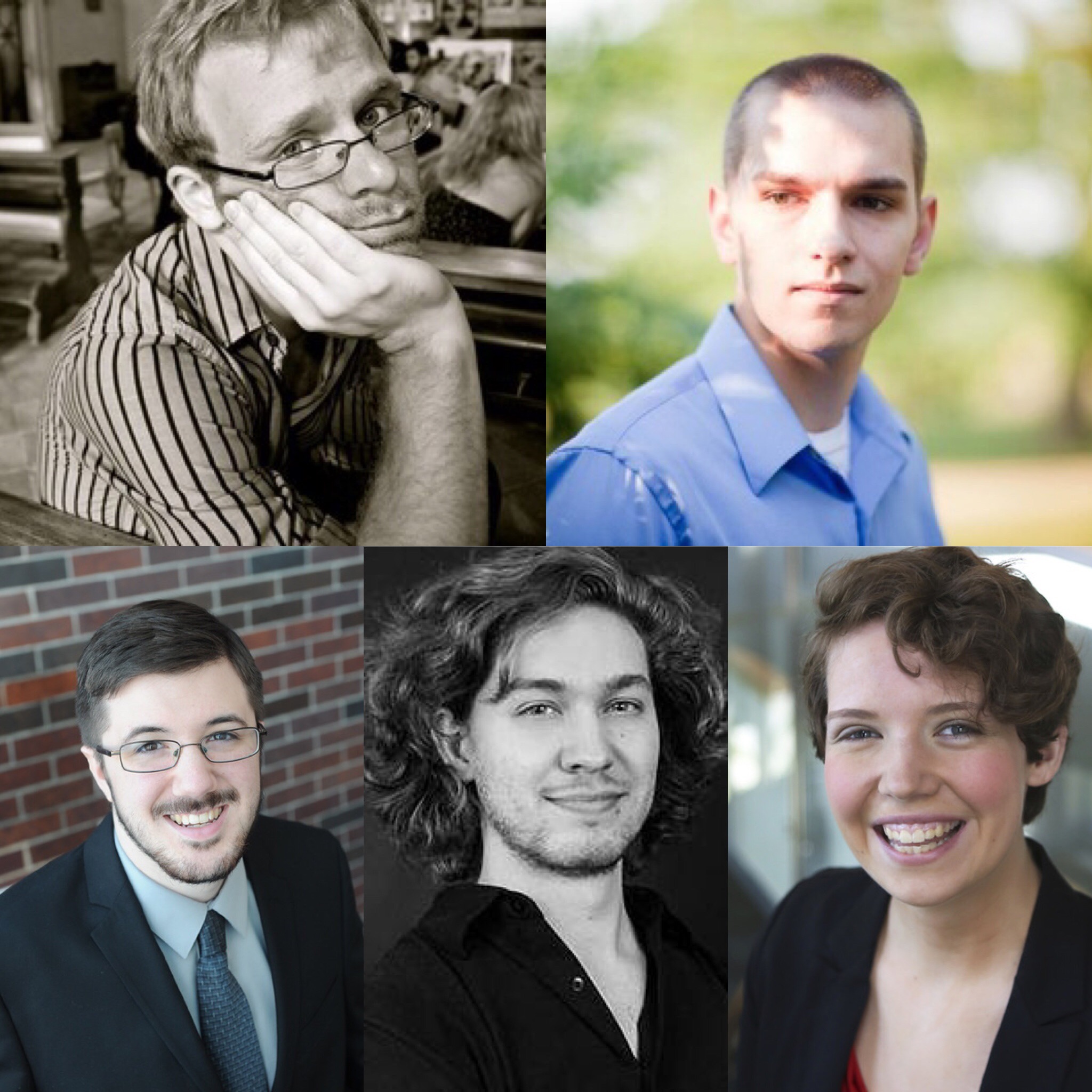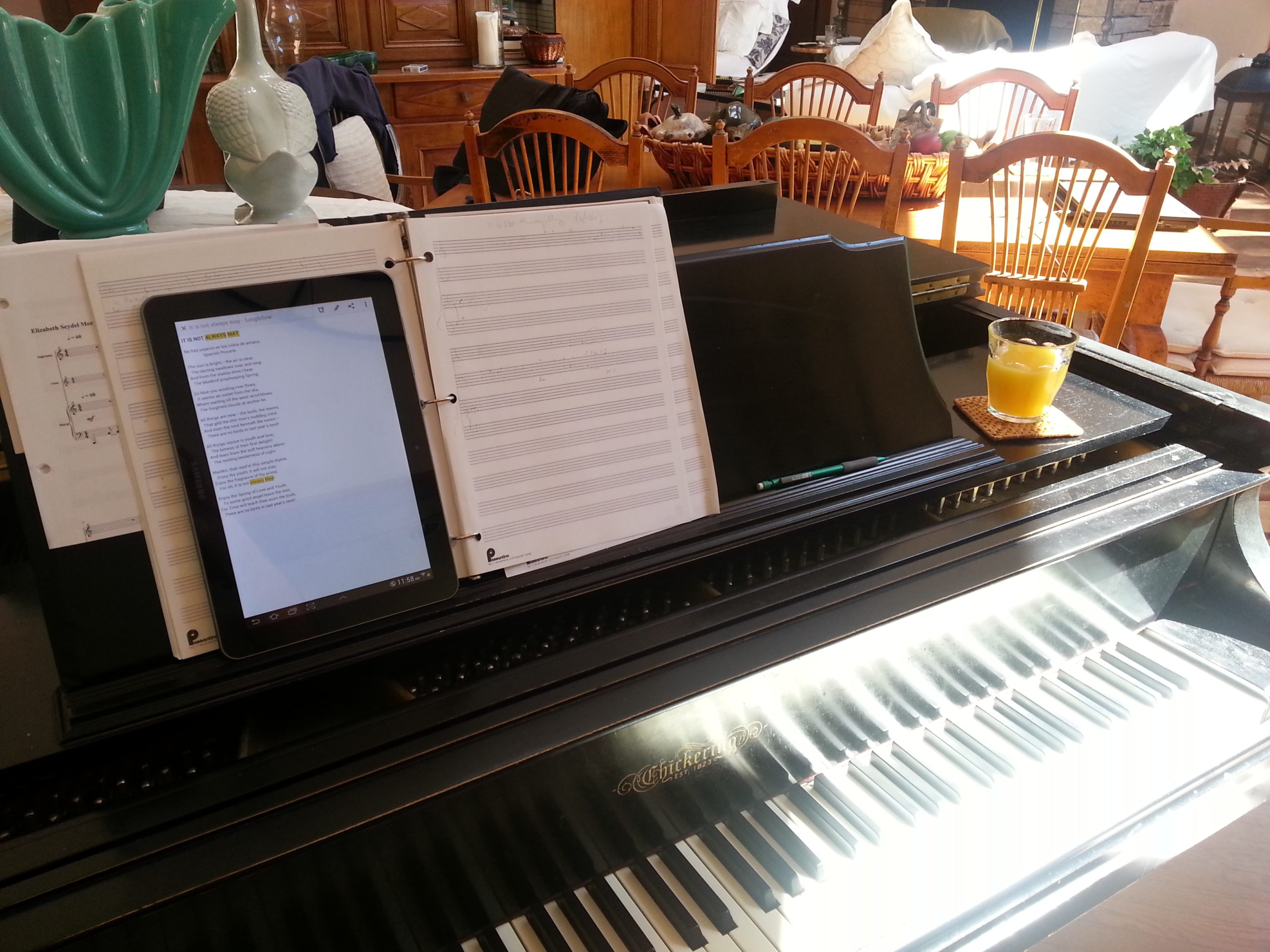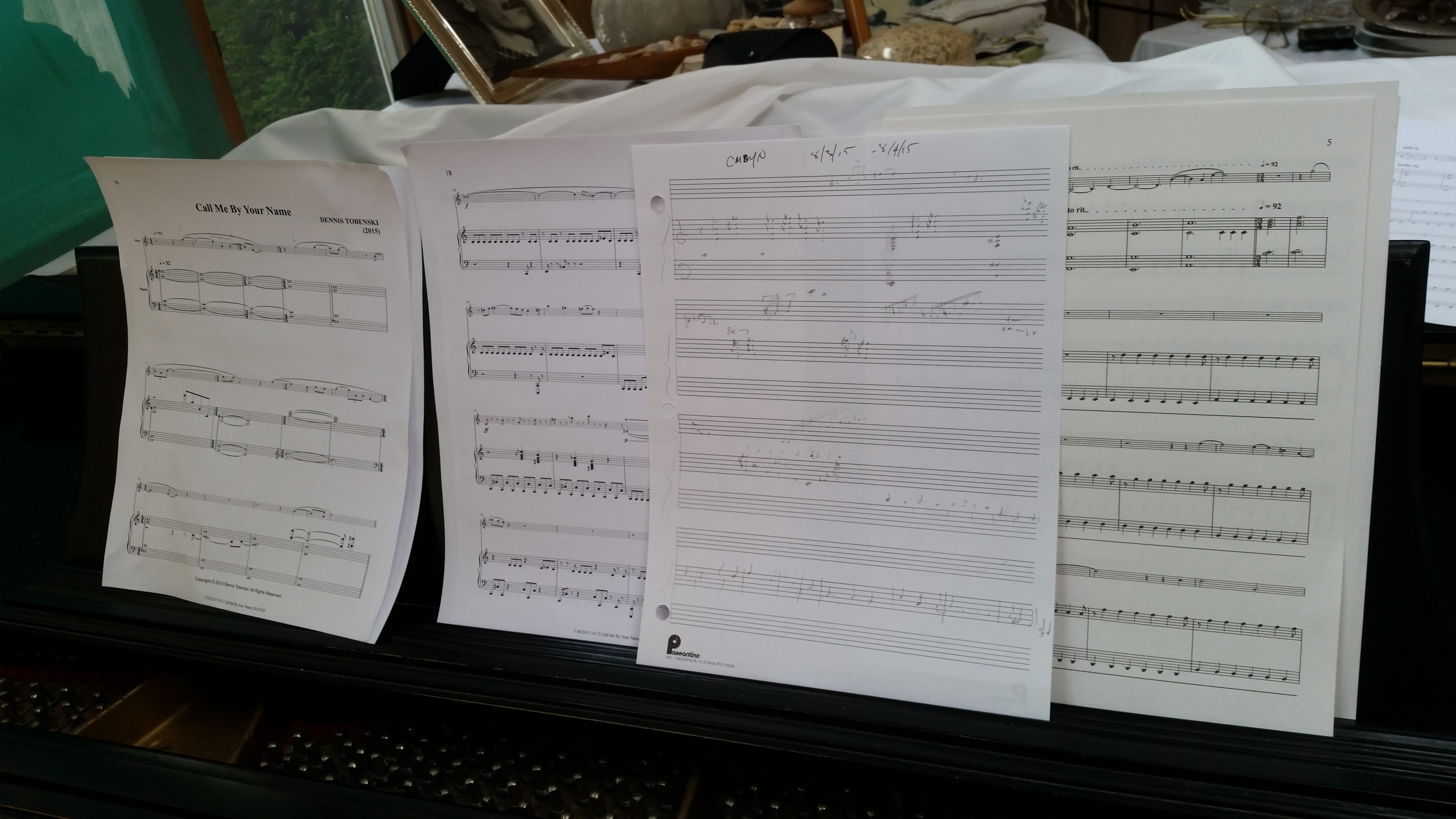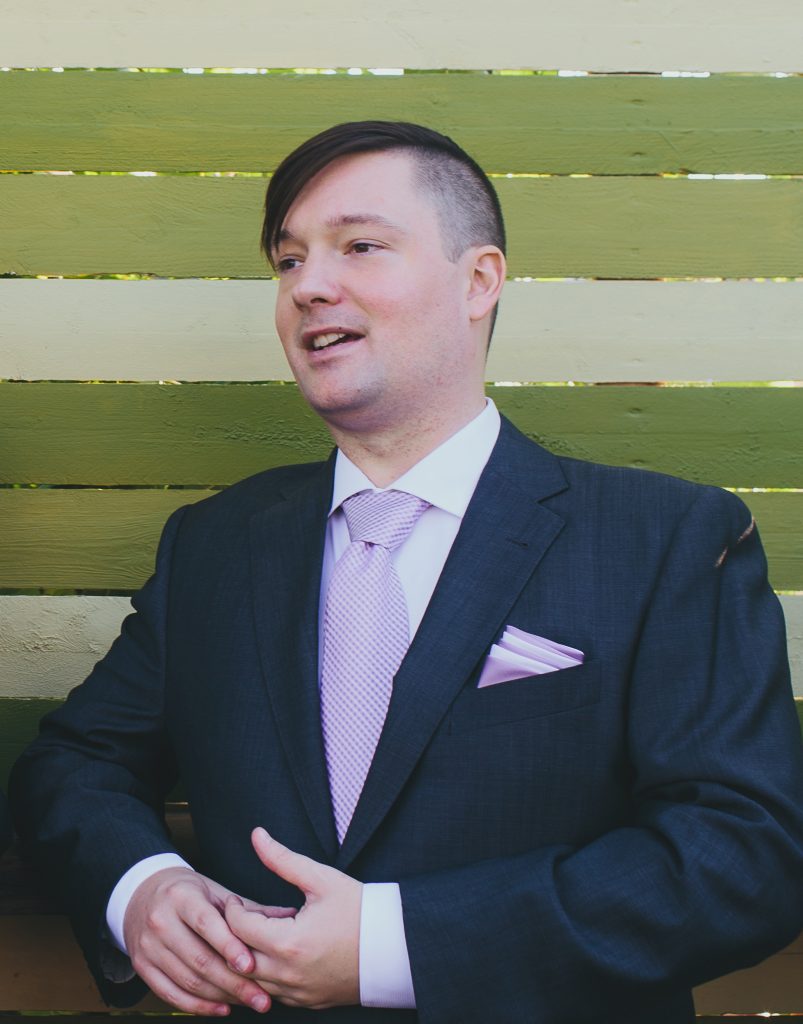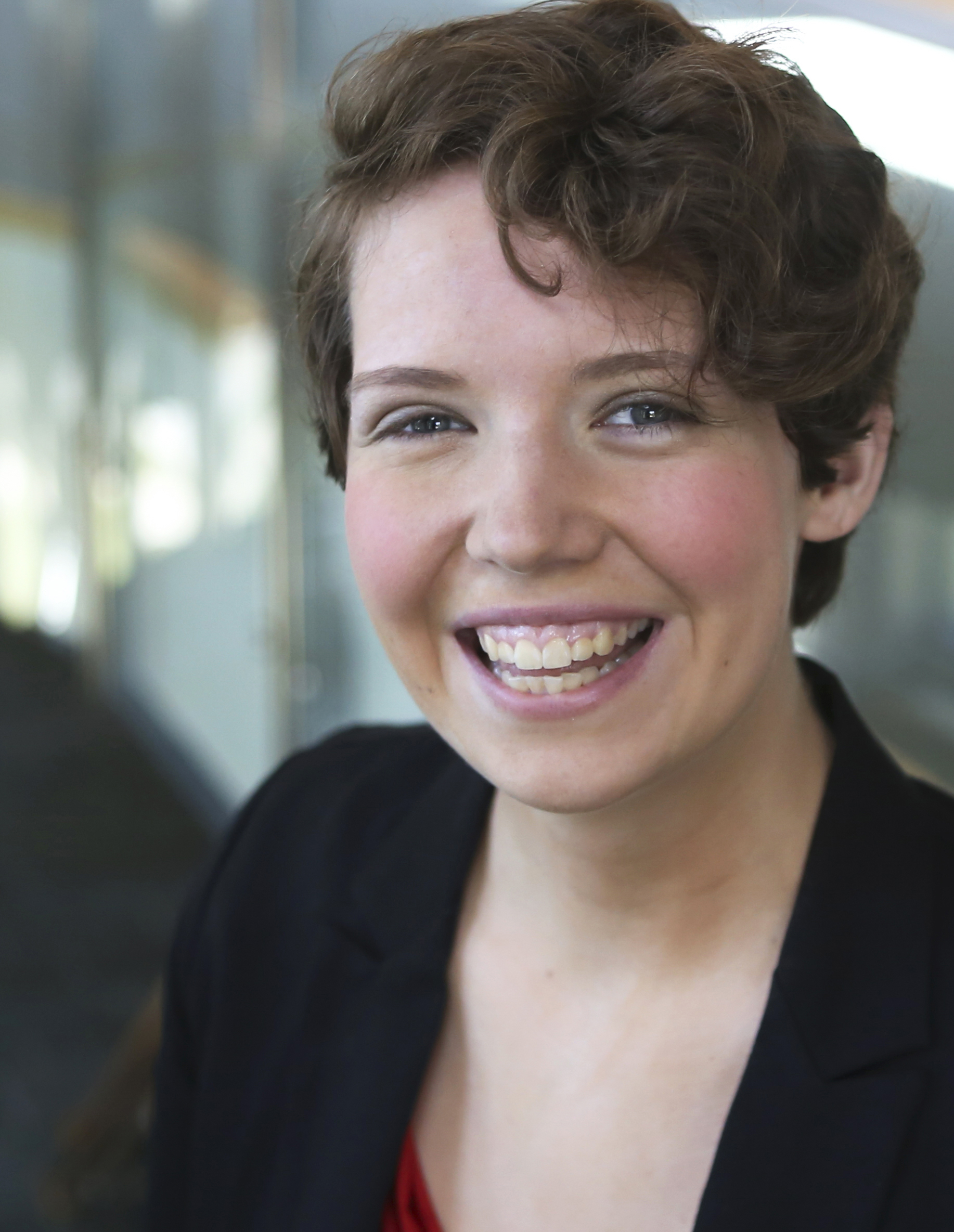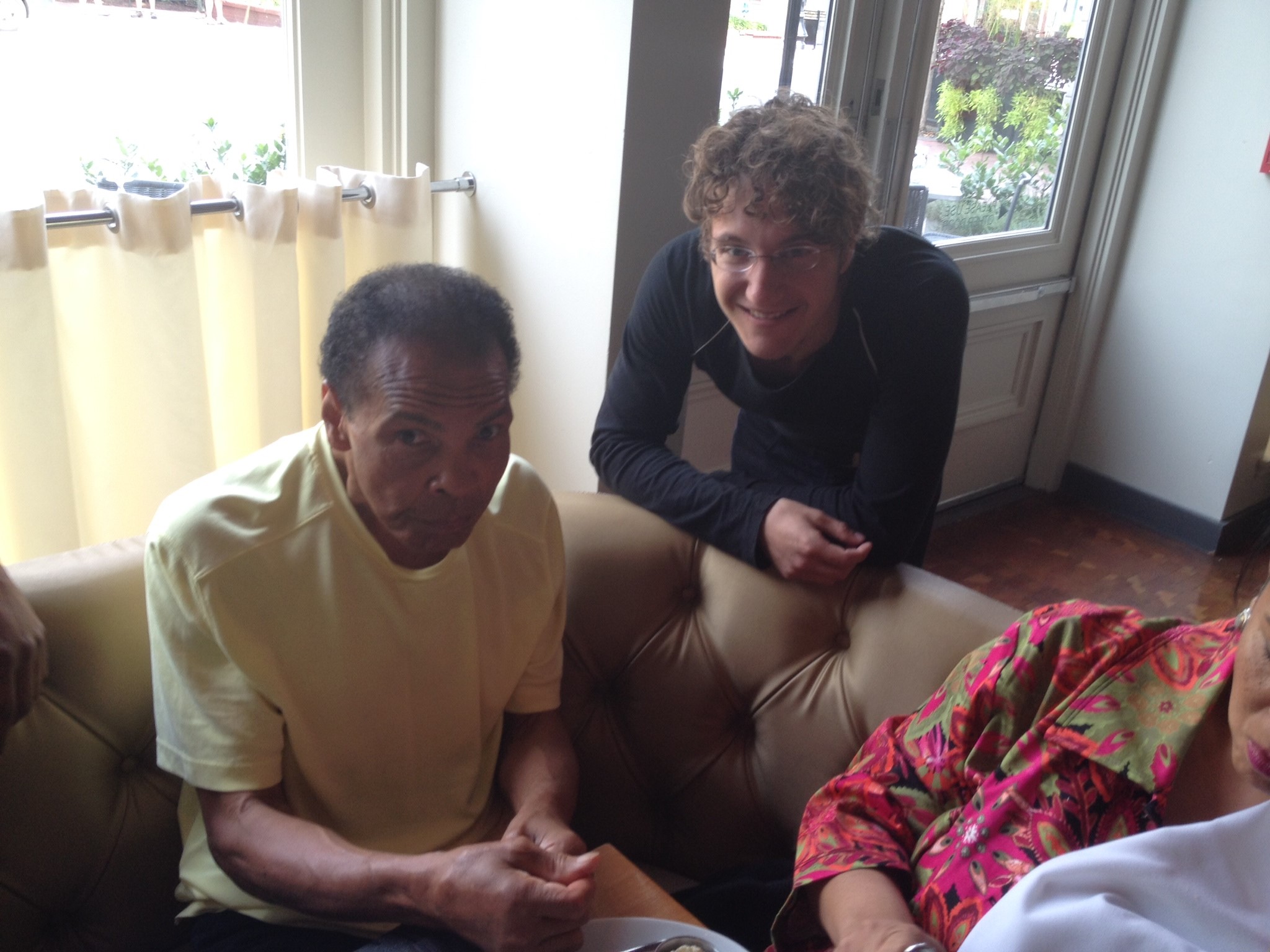
We all know the truism that art doesn’t exist in a vacuum. It exists within the context of the art that has preceded it, and the art with which it is contemporaneous. It exists within the context of the life and beliefs of the artist who created it, and everyone who helped to shape that person’s life and beliefs.
So, too, your career as a freelancer (should you decide to take that path) exists within a broader context of its own. And just as you can shape the context of your art by studying, practicing, and forming the connections to position your art to its best advantage, you can also shape the context of your freelance career by continuing your education, working to refine your practices, and ensuring that you have effective support systems in place.
I’m fortunate to have an incredibly supportive husband, who has acted as both cheerleader and disappointed school teacher as necessary over the years. Both of our families have offered unconditional moral (and sometimes financial) support, and our friends have been at turns enthusiastic and healthily skeptical of my various harebrained ideas.
It’s these support systems that have kept me afloat in more ways than one. They keep me going, and they keep me grounded. If I can get the musical and non-musical parts of my support system excited about a potential project, I know that I’m on to something; and if I’m met with skepticism and confusion, I know that I haven’t thought things through enough.
Sometimes, though, you don’t have the support system that you need. You may have a spouse or parents or friends who stubbornly refuse to understand what you’re trying to do, and who consistently fail to support you when you need it most. It’s frustrating and can be unhealthy if you let it stand in your way. But how do you fix it?
Sometimes, an appropriately timed, calm conversation can help to make some headway. Explaining your goals and your plans to reach them can assuage fears about your future. How many of us have well-meaning families who want the best for us, but think that we’ve chosen the “wrong” path? One conversation won’t fix everything, but it might open the door to more understanding and to a deeper involvement in your art.
Other times, however, you have to create new support systems to make up for the lack of support at home. Maybe that means forming a local group of like-minded people that meets regularly for lunch or coffee, where the members share their successes and their struggles and offer advice, support, and encouragement. Maybe that means finding an online community that you can join to address the same issues. In case you weren’t aware, you’re in one right now. NewMusicBox has built a wonderful community of artists who are trying to make this whole thing work, just like you. Reach out. Ask for advice. Make connections.
You Are Not Alone
Last week, I mentioned bringing my bad habits from my former day job into my freelance life and struggling to get work done. The morning that that article went live, I was on the elliptical machine at my gym, listening to an episode of the Self-Publishing Podcast about time management, and the guest told the story of her early days as a freelancer. While working 60+ hours per week at a corporate job, she managed to get more of her own work done than when her time later became entirely her own. When she said how aghast she had been at that fact, one of the hosts chimed in to say that that very thing is one of the number one issues that freelancers face. It’s an almost universal problem. Most of our lives, we’re on someone else’s schedule (parents, teachers, bosses), and aren’t trained to value our own time in the same way, or taught how to manage ourselves given total freedom. Fortunately, although the problem is common, it’s also easily remedied with the right tools.
Over the past few weeks, a number of colleagues have written to say that this or that problem I wrote about deeply resonated with them. I say that not as, “Well done, Dennis,” but to point out that you’ll encounter many of these same problems yourself and that you’re not alone in doing so. Knowing the pitfalls didn’t prevent me from falling prey to any of them, though it allowed me to recognize what was happening and gave me a base of knowledge for how to attempt to remedy the situation. And it was hugely helpful to know that my struggles were not unique—that others had gone through the same thing and had come out the other side.
I Wish I’d Known…
About ten years ago, in large part because of the time commitment required to pursue my master’s degree, I spent a period of two years unable to get a day job. I hadn’t yet done any research into being a freelancer and didn’t consider myself to be one. Nor had I started to learn about the intricacies of publishing or the necessity of approaching my art with an eye toward business and my future. I was a graduate student with no job, only a few, barely paying commissions, and a small handful of web clients who rarely needed my services. I maxed out my student loans and did odd jobs to be able to eat and pay rent. Nearly a decade later, I can recognize that I was severely depressed—mostly spending my days watching Buffy on Netflix while tinkering with client’s sites. I barely composed if it wasn’t required of me. Eventually, I stopped paying rent entirely and was nearly evicted.
Sometimes I look back on those two years and think, “I wish I’d known then what I know now.” Honestly, though, I wouldn’t know what I know now if it weren’t for what I didn’t know back then. Recovering from that period set me on the path that led me to learn about publishing and marketing and distribution models, and to start sharing what I’d learned with others.
And, more importantly, I simply didn’t know those things then. I can speculate endlessly over what I would have done differently and how, but the infinitely more important questions is: how can I take what I’ve learned, and do better now?
Parting Shots
Before I sign off, I’d like to thank NewMusicBox for inviting me to write these posts and for offering me the opportunity to be so publicly vulnerable, and to thank you for following me to some of the darker places of my career. I hope what I have shared offers you some help and inspiration. I think we can all use a little more vulnerability in our lives. Our art demands it, and we should demand nothing less of ourselves.
The thought that I’d like to leave you with is that, whether you follow the path of the freelancer or not, when you first start out at anything, you will never be perfect. Composing, engraving, email marketing, publishing, networking: you probably won’t even be good at the beginning. You’ll fail a lot, but you’ll learn from each failure. And every time you do it again, you’ll improve. Don’t let the fear of failure get in your way, or you’ll never get anything done. So go out and fail. Then fail better next time.



